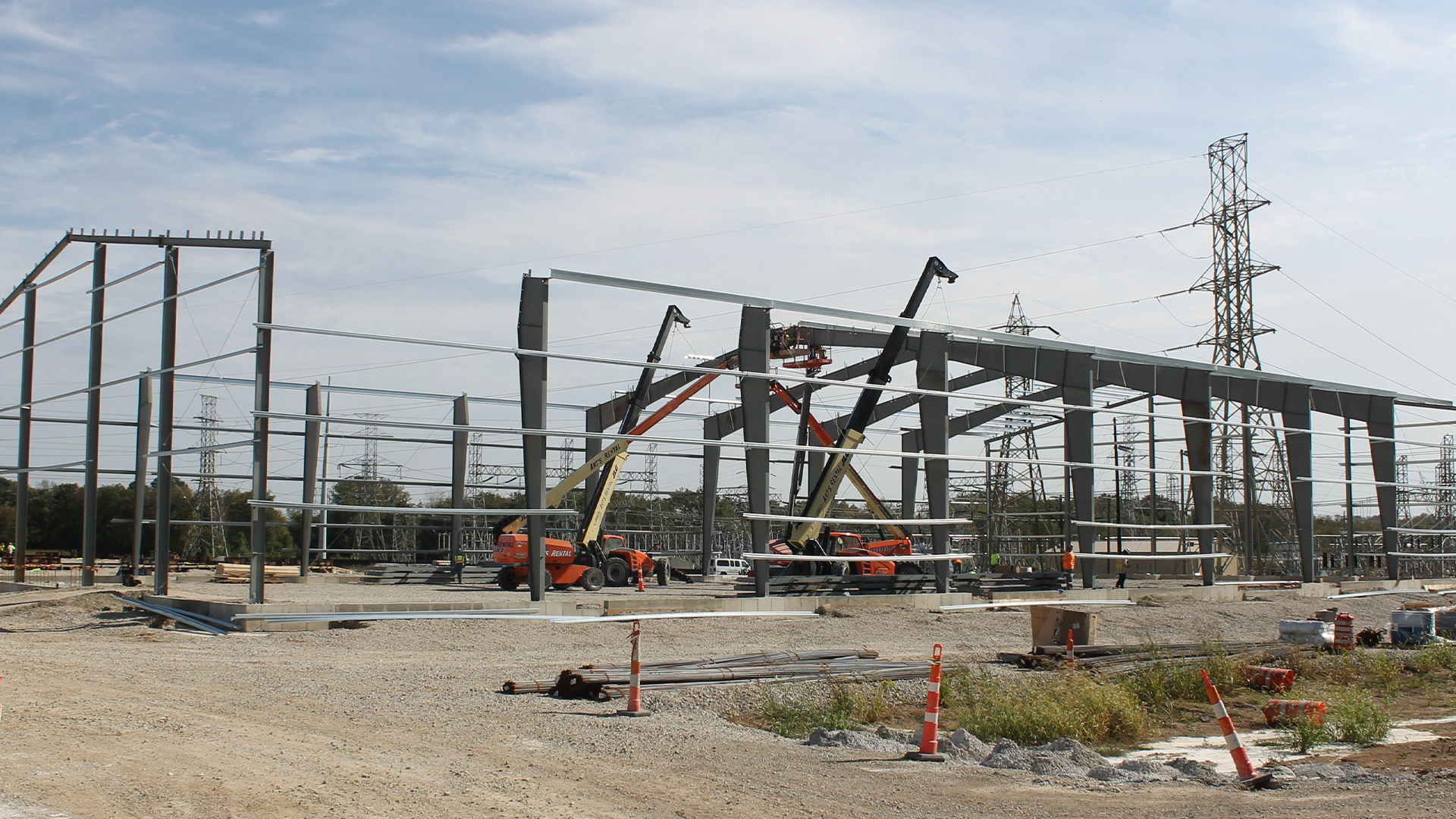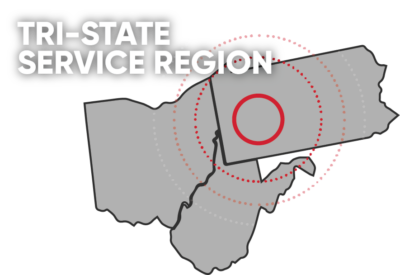A Reliable Solution When Time and Safety Matter Most
When disaster strikes, speed and safety become the top priorities. Whether responding to hurricanes, wildfires, floods, or humanitarian crises, organizations need structures that can be built fast, stand up to harsh conditions, and keep people safe. That’s where steel buildings come in.
From temporary shelters to long-term recovery centers, pre-engineered metal buildings (PEMBs) are playing a growing role in disaster relief efforts across the globe. These structures aren’t just strong—they’re dependable, flexible, and fast to deploy. And in times of uncertainty, that makes all the difference.
This blog explores how steel buildings support emergency response and why they’ve become a trusted tool for relief agencies, governments, and communities alike.
Responding Quickly with Pre-Engineered Solutions
When a natural disaster displaces people from their homes or disrupts community infrastructure, every minute counts. Traditional construction can take weeks—or even months—to complete, but PEMBs can be delivered, assembled, and put into use in a fraction of the time.
In disaster relief scenarios, steel buildings serve critical functions such as:
- Emergency housing
- Mobile clinics and medical stations
- Food distribution hubs
- Supply storage and logistics centers
- Command posts and coordination centers
Because PEMBs are fabricated off-site and assembled on location, response teams can move faster and focus resources where they’re needed most.
Designed to Withstand the Worst
Disaster-prone regions face an unfortunate truth: sometimes the next crisis is just around the corner. Whether it’s high winds, fire, flooding, or seismic activity, buildings used in recovery must be built for resilience.
Steel buildings offer:
- Fire resistance for wildfire zones
- Wind load engineering for hurricane-prone areas
- Snow load resistance in cold-weather emergencies
- Structural strength in earthquake zones
- Moisture resistance to prevent mold and rot
Unlike tents or temporary wood-frame structures, PEMBs offer true protection from the elements—creating safe spaces for survivors, responders, and supplies.
Flexible Uses for Evolving Needs
One of the greatest advantages of steel buildings in emergency situations is their adaptability. What begins as a temporary shelter can easily be converted into a medical clinic, classroom, or long-term housing unit.
Because PEMBs are modular and easy to expand or reconfigure, they give relief agencies the flexibility to respond to changing needs as the crisis evolves.
For example:
- An emergency warehouse can become a community distribution center
- A shelter can be partitioned for privacy or clinic zones
- A command center can grow into a permanent administrative space
This level of adaptability helps communities recover faster and reduces the need for rebuilding.
Cost-Effective and Easy to Deploy
Budget is always a factor in emergency planning. Governments and nonprofits must stretch limited resources while ensuring the highest level of safety and effectiveness.
Steel buildings offer a compelling solution:
- Lower long-term costs thanks to durability and low maintenance
- Fast deployment that reduces labor hours and delays
- Simple transportation of pre-fabricated parts
- Reusable components for future emergencies
Because these buildings are designed for efficiency, agencies can make the most of their relief budgets while ensuring long-term usability.
Real-World Relief Applications
Steel buildings have already proven their value in disaster scenarios around the world.
- Emergency shelters in coastal and island communities
- Mobile medical units in fire-ravaged towns
- Food and supply storage during power outages
- Temporary schools after earthquakes damaged infrastructure
In each case, steel buildings provided the speed, safety, and flexibility required for effective recovery.
Supporting First Responders, Too
Emergency shelters aren’t just for victims of disaster—they’re also used to support the people on the front lines.
Steel buildings make excellent:
- Fire and rescue stations in rural or high-risk areas
- Base camps for FEMA or Red Cross teams
- Equipment garages for emergency vehicles and generators
- Break areas and sleeping quarters for responders
These buildings are fast to set up and durable enough to support weeks or months of continuous use in challenging environments.
Preparedness Starts Before Disaster Strikes
The best disaster response plans start before an emergency happens. By investing in steel buildings now, communities and agencies can be ready to:
- Launch rapid relief efforts
- Store critical supplies securely
- Provide shelter quickly and safely
- Expand operations as needed
Steel buildings can be pre-positioned or staged in advance so they’re ready to deploy the moment they’re needed. That kind of preparation can save lives—and speed up recovery efforts significantly.
Resilience That Builds Confidence
When families, first responders, and entire communities are facing the unimaginable, a reliable, well-built structure can offer something priceless: peace of mind.
Steel buildings give communities a sense of security and stability, even in the most uncertain times. They’re not just shelters—they’re stepping stones to rebuilding and recovery.
Protect Communities with Red Direct
Disasters strike without warning, but preparation makes all the difference. By investing in strong, pre-engineered steel buildings, communities can respond quickly, protect lives, and rebuild with confidence. Red Direct supports emergency response teams and organizations with structures that are fast to deploy, durable under extreme conditions, and adaptable to evolving needs.


